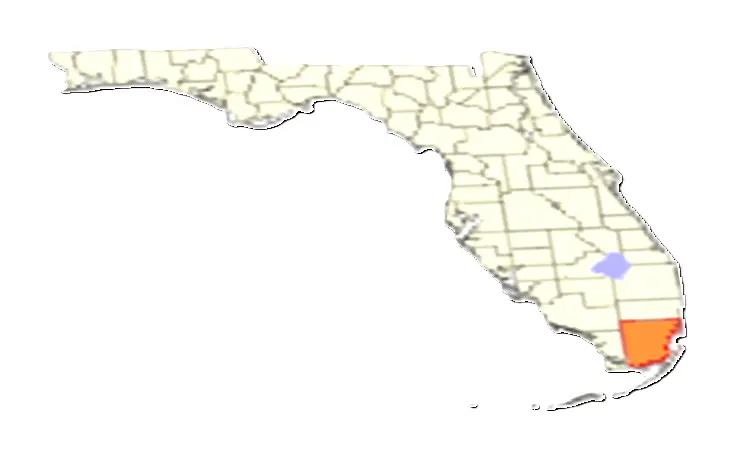 The IDEAS Consortium, in concert with our I2A Learning Community partners, embarked on a five-year initiative to identify the best measures for school readiness that could be regularly updated using both national and locally collected data. Learn more about this process through our research briefs 4, 5, and 6.
The IDEAS Consortium, in concert with our I2A Learning Community partners, embarked on a five-year initiative to identify the best measures for school readiness that could be regularly updated using both national and locally collected data. Learn more about this process through our research briefs 4, 5, and 6.
|
|
|
|
| Mapping of neighborhood indicators and children's outcomes. |
Neighborhood mapping of indicators and children's outcomes. |
How do we display complex information? Resilience mapping shows children's outcomes compared to expectations. |



 The IDEAS Consortium, in concert with our I2A Learning Community partners, embarked on a five-year initiative to identify the best measures for school readiness that could be regularly updated using both national and locally collected data. Learn more about this process through our
The IDEAS Consortium, in concert with our I2A Learning Community partners, embarked on a five-year initiative to identify the best measures for school readiness that could be regularly updated using both national and locally collected data. Learn more about this process through our 